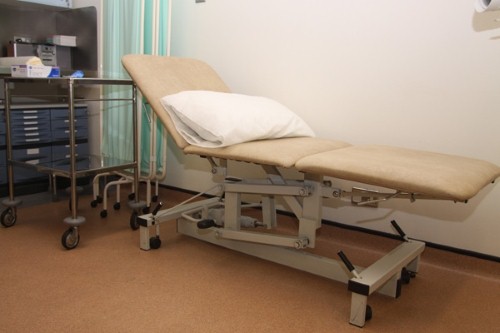While this blog has recently underlined the importance of ensuring that businesses have an up-to-date disaster recovery plan in place, it is especially crucial for medical facilities to have emergency preparedness training.
Hospitals need to stay open during severe weather, so there is a safe place for residents to go if they need medical care. With technology evolving at an exponential rate, many healthcare organizations rely on electronic medical records (EMRs), and as such, will be at an extreme disadvantage if power is lost.
Roger Neal, CIO of Regional Hospital in Duncan, Oklahoma, told FierceHealth IT that every spring and fall, tornadoes represent a serious threat to his facility. As such, it has "invested heavily in redundancy" to keep healthcare information services (HIS) and main routers running.
"We are always planning and looking at how we serve our patients better during inclement weather, and the process is always being tweaked," Neal told the news source. "I think the big key for us is to always keep emergency management in the forefront of what we do."
Some hospitals that were located in the path of Hurricane Sandy, though, were forced to put business continuity planning to the test. For example, the University of Hoboken Medical Center evacuated patients before the superstorm even arrived. The New Jersey-based facility evacuated because of fears that surges from Sandy could breach Hoboken's seawall, causing several feet of flooding, according to ABC News.
Additionally, more than 200 patients had to be evacuated from New York University's Tisch Hospital on Monday night, after a backup generator failed during the citywide blackout, caused by Hurricane Sandy.
Keeping patient safety should always be a top priority for any medical facility. As such, investing in disaster recovery planning is a necessary step. That way, lives are saved during times of crises and business resumption can happen as quickly as possible.

